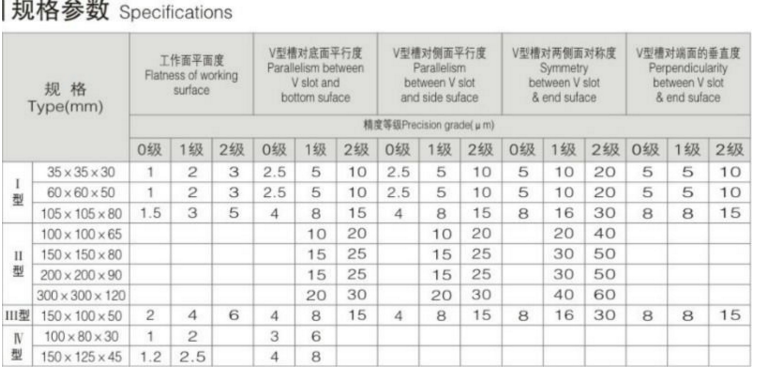Nov . 11, 2024 03:21 Back to list
Flange Type Y Strainers for Efficient Fluid Filtration Solutions
Understanding Y Strainer Flange Type An Essential Component in Fluid Systems
In industrial fluid systems, maintaining system integrity and efficiency is paramount. One significant component that plays a critical role in ensuring the smooth operation of these systems is the Y strainer, particularly the flange type. This article delves into the functionality, advantages, applications, and selection criteria of Y strainers in flange configurations.
What is a Y Strainer?
A Y strainer is a device designed to filter out solid particulates from a liquid or gas flow. Its name originates from its shape, resembling the letter Y, where the flow enters through one end, passes through a filtering element, and exits through the other. The design allows for minimal pressure drop, making it an efficient component in various piping systems.
Flange Type Configuration
The flange type Y strainer is equipped with flanged connections on both ends, allowing for easy installation and integration into pipeline systems. The flanged design ensures that the strainer can be securely fastened to other piping components, providing a reliable and leak-proof seal. Flange connections are beneficial in ensuring that the strainer can withstand high pressure and temperature conditions, which are often prevalent in industrial applications.
Key Features and Benefits
1. Efficient Filtration Y strainers effectively trap debris and contaminants, such as dirt, rust, and other particulates, preventing them from entering sensitive equipment like pumps, valves, and heat exchangers. This filtration process is crucial for extending the lifespan of these components and reducing maintenance costs.
2. Easy Maintenance One of the standout features of the Y strainer is its ease of maintenance. With a simple blow-off valve or removable cover, operators can easily clean or replace the straining element without needing to dismantle the entire piping system. This ease of access leads to reduced downtime and increased operational efficiency.
3. Durable Construction Flange type Y strainers are typically constructed from robust materials such as stainless steel, cast iron, or carbon steel. These materials offer high resistance to corrosion and wear, making them suitable for a wide range of applications, from water treatment to chemical processing.
y strainer flange type

4. Versatility Y strainers are versatile devices used in various industries, including oil and gas, petrochemicals, water treatment, and HVAC systems. They can accommodate different fluid types and volumes, making them adaptable to varied operational demands.
5. Pressure and Temperature Ratings Flanged Y strainers are designed to handle high pressures and temperatures, making them ideal for demanding applications. They are available in various sizes and pressure ratings, allowing engineers to select the appropriate model based on system requirements.
Applications of Y Strainer Flange Type
Y strainers with flanged connections find applications across multiple sectors
- Water Treatment Plants Used to protect pumps and valves from debris in the water supply. - Chemical Processing Employed to safeguard downstream equipment from contaminants in the fluid process streams. - Oil and Gas Essential in upstream and downstream operations to ensure clean fluid flow. - HVAC Systems Protects cooling systems from particulates in chilled water or refrigerants.
Selecting the Right Y Strainer
When choosing a Y strainer, several factors must be considered
- Flow Rate Ensure that the strainer can handle the required flow rate without causing excessive pressure drops. - Filtration Size Select the appropriate mesh size based on the specific contaminants you need to filter out. - Material Compatibility The material of the strainer should be compatible with the fluid being processed to prevent corrosion and damage. - Pressure and Temperature Specifications Choose a strainer that meets or exceeds the operational conditions of your system.
Conclusion
Y strainers, particularly the flange type, are indispensable components in various industrial applications where fluid integrity is crucial. Their efficient filtration capability, ease of maintenance, and robust construction make them a preferred choice for engineers and operators alike. As industries continue to seek ways to enhance operational efficiency and reduce downtime, the role of Y strainers will undoubtedly remain a cornerstone in fluid management systems.
-
Y Type Strainer Maintains System Efficiency Long TermNewsJul.15,2025
-
Valve Selection Guide for Industrial ApplicationsNewsJul.15,2025
-
Steel Fab Table Provides Durable Work Surface for WeldingNewsJul.15,2025
-
Pad Iron Provides Stable Support for Heavy MachineryNewsJul.15,2025
-
One Inch Check Valve Fits Standard Plumbing SystemsNewsJul.15,2025
-
Measuring Micrometer Ensures Precise Dimensional AccuracyNewsJul.15,2025
Related PRODUCTS









